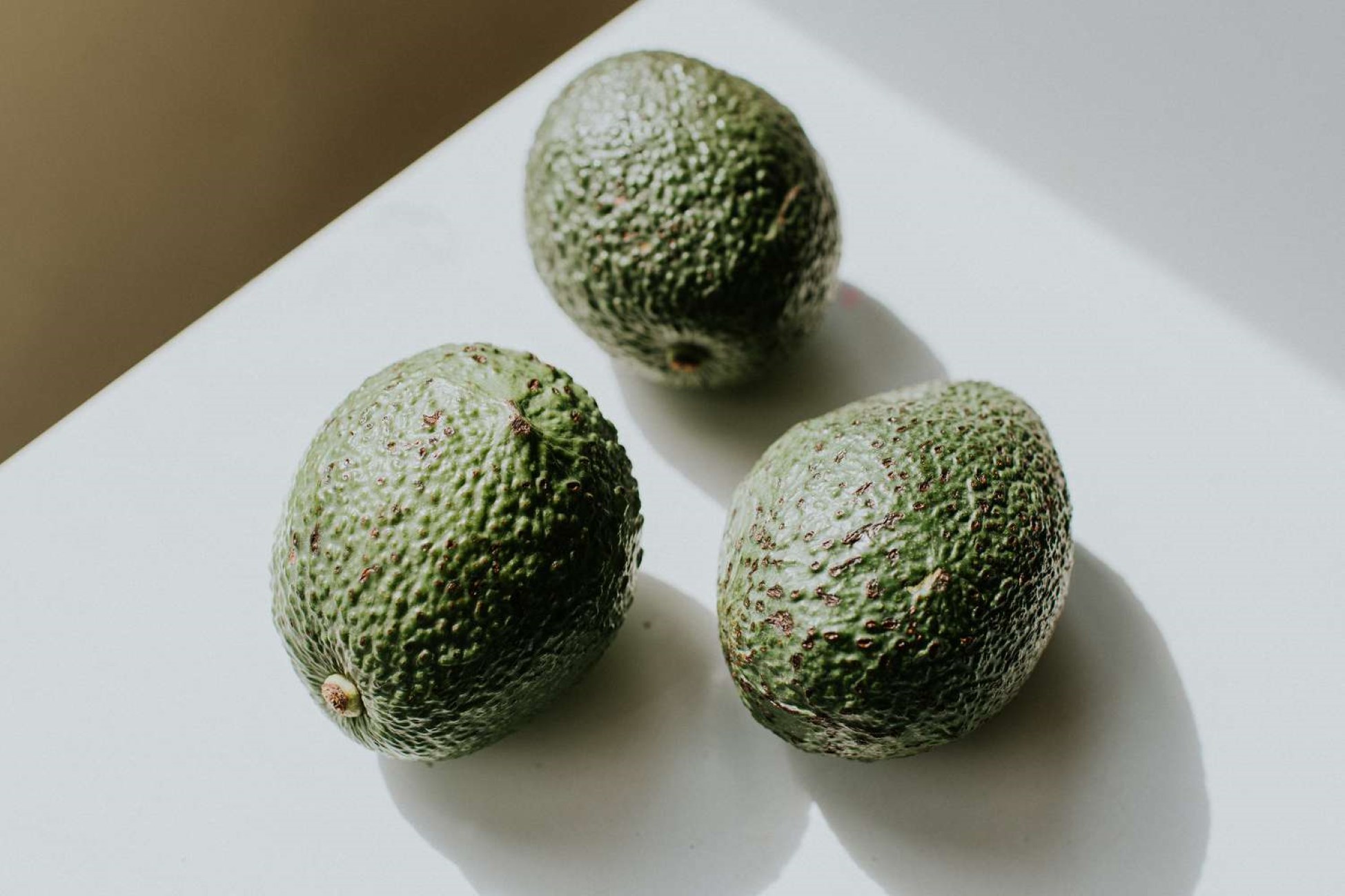

Articles
How To Store Whole Avocado
Modified: January 9, 2024
Learn how to store whole avocados properly and keep them fresh for longer. Read our articles for tips and tricks on storing avocados to prevent browning and spoilage.
(Many of the links in this article redirect to a specific reviewed product. Your purchase of these products through affiliate links helps to generate commission for Storables.com, at no extra cost. Learn more)
Introduction
Avocados are a versatile and highly nutritious fruit enjoyed by many people around the world. Whether you’re using them in salads, spreads, or as a topping for your favorite dishes, avocados are known for their rich, creamy texture and delicious taste.
But what if you have a whole avocado and you can’t finish it in one sitting? How do you store it to maintain its freshness and prevent it from turning brown?
In this article, we will guide you through the process of storing a whole avocado to ensure that it stays fresh and tasty for as long as possible. We’ll cover everything from selecting the right avocados to using proper storage techniques, including freezing avocados for future use.
So, let’s dive into the steps and discover how you can store a whole avocado to enjoy its goodness at any time.
Key Takeaways:
- Keep avocados fresh by selecting ripe ones, treating with lemon juice, wrapping in plastic, storing in an airtight container, and refrigerating. Freezing avocados is a great option for future use, just remember to thaw them gradually for optimal texture and flavor.
- Properly stored avocados can stay fresh and flavorful for longer periods. From selecting ripe avocados to freezing for future use, follow these steps to enjoy the goodness of avocados at any time.
Read more: How To Store Whole Avocados
Step 1: Selecting Ripe Avocados
When it comes to storing avocados, the first step is selecting ripe ones. This is crucial because unripe avocados won’t ripen properly and may spoil before you have the chance to enjoy them.
So how do you know if an avocado is ripe? Here are a few tips:
- Color: Ripe avocados are generally dark green or black in color. Avoid avocados that are still bright green as they are under-ripe.
- Firmness: Gently squeeze the avocado to assess its firmness. It should yield slightly to pressure without being too soft or mushy.
- Stem: Check the stem of the avocado. If it can be easily removed and reveals a green color underneath, it indicates that the avocado is ripe. If the stem doesn’t come off or reveals a brown color, the avocado may be overripe.
By following these guidelines, you can ensure that you select avocados that are ripe and ready to be stored.
Step 2: Using Lemon Juice
One effective way to prevent avocados from turning brown is by using lemon juice. Lemon juice contains citric acid, which helps slow down the oxidation process that causes avocados to discolor.
To use lemon juice to preserve the freshness of your avocados, follow these steps:
- Cut the avocado: Slice the avocado in half and remove the pit. Keep in mind that you can store the avocado either as a whole fruit or in halves.
- Squeeze lemon juice: Squeeze fresh lemon juice directly over the exposed flesh of the avocado. Make sure to coat the entire surface with lemon juice.
- Gently rub in the juice: Using clean hands, gently rub the lemon juice into the flesh of the avocado. This will ensure that the juice is evenly distributed and provides maximum protection against browning.
By applying lemon juice to the cut surfaces of the avocado, you create a barrier between the air and the flesh, thus preventing the avocado from oxidizing and turning brown.
Once you’ve finished treating the avocado with lemon juice, you can proceed to the next step of storing it properly to maintain its freshness.
Step 3: Wrapping with Plastic Wrap
After treating your avocado with lemon juice, the next step is to protect it from exposure to air. One effective method is to wrap it tightly with plastic wrap.
Here’s how to wrap your avocado with plastic wrap:
- Cut a piece of plastic wrap: Tear off a piece of plastic wrap that is large enough to completely cover the avocado.
- Place the avocado on the plastic wrap: Put the avocado, cut-side down, in the center of the plastic wrap.
- Wrap the avocado: Wrap the plastic wrap around the avocado, starting from one side and working your way to the other. Make sure the avocado is fully covered and there are no exposed areas.
- Seal the plastic wrap: Twist the ends of the plastic wrap to create a tight seal. This will help keep air out and maintain the freshness of the avocado.
By wrapping the avocado with plastic wrap, you create a barrier that prevents air from coming into contact with the exposed flesh. This helps delay the browning process and keeps the avocado fresh for a longer period of time.
Once your avocado is securely wrapped in plastic wrap, it’s ready to be stored using the proper techniques.
Step 4: Placing in an Airtight Container
After wrapping your avocado with plastic wrap, the next step is to place it in an airtight container. This additional layer of protection will help maintain the freshness of the avocado and prevent any odor from transferring to the fruit.
Follow these steps to properly store your avocado in an airtight container:
- Select a suitable container: Choose a container that is just the right size to accommodate the wrapped avocado without leaving excess space. A small food storage container or a resealable plastic bag works well for this purpose.
- Place the wrapped avocado in the container: Gently place the wrapped avocado into the container, ensuring that it fits snugly.
- Seal the container: Securely seal the container to create an airtight environment.
An airtight container helps to minimize exposure to air, which can cause avocados to oxidize and turn brown. It also helps maintain the moisture level, preventing the avocado from drying out.
Once your avocado is safely stored in an airtight container, you can proceed to the final step of refrigerating it to prolong its freshness.
Store whole avocados at room temperature until ripe, then refrigerate to slow down ripening process. To store cut avocado, sprinkle with lemon juice and wrap tightly in plastic wrap.
Read more: How To Store An Avocado
Step 5: Storing in the Refrigerator
To maximize the shelf life of your stored avocado, it’s essential to store it in the refrigerator.
Follow these guidelines for storing avocados in the refrigerator:
- Choose a refrigerator spot: Find a spot in your refrigerator where the temperature is relatively stable. Avoid storing the avocado in the door compartments, as they experience temperature fluctuations when the door is opened.
- Place the container in the refrigerator: Gently place the container containing the wrapped avocado in the chosen spot in the refrigerator.
- Keep away from strong odor foods: Avocados can easily absorb odors from strong-smelling foods. To prevent this, try to keep them separated from pungent items like onions or garlic.
Storing avocado in the refrigerator helps prolong its freshness by slowing down the ripening process. The cool temperature helps to inhibit enzymatic activity, keeping the avocado in a more desirable state for a longer period of time.
Remember to check your avocado periodically, as refrigeration can slightly alter its texture. When you’re ready to use the avocado, take it out of the refrigerator and let it come to room temperature before consuming or incorporating it into your recipes.
By storing your avocado in the refrigerator, you can enjoy its freshness for up to a few days.
Step 6: Freezing Avocados
If you have avocados that you won’t be able to consume before they become overripe, freezing them is a great option to preserve their freshness for future use.
Here’s how you can freeze avocados:
- Cut the avocado: Slice the avocado in half and remove the pit. You can also dice the avocado if you prefer smaller portions.
- Scoop out the flesh: Use a spoon to scoop out the avocado flesh from the skin. Place the flesh in a bowl.
- Add lemon juice: To prevent browning, drizzle some lemon juice over the avocado flesh and gently mix it in. The acid in the lemon juice helps preserve the color.
- Portion the avocado: If you’re freezing in portions, divide the avocado into smaller portions based on your needs. You can use a measuring cup or an ice cube tray to portion out individual servings.
- Place in a freezer-safe container or bag: Transfer the portioned avocado to a freezer-safe container or bag. Make sure to remove any excess air from the container or bag before sealing it tightly.
- Label and date: Don’t forget to label the container or bag with the date of freezing. This will help you keep track of its shelf life in the freezer.
Frozen avocados can be stored in the freezer for up to 3 to 6 months. They may not retain their exact same texture after thawing, but they are still perfect to use in smoothies, guacamole, or as a spread.
Thawed avocados are best used in recipes where their creamy texture is not as important, such as dips or blended dishes.
Now that you know how to freeze avocados, you can make the most of your ripe avocados and enjoy them at a later time.
Step 7: Thawing Frozen Avocados
When you’re ready to use the frozen avocados, thawing them properly is crucial to maintain their texture and flavor. Here’s how you can thaw frozen avocados:
- Transfer to the refrigerator: Take the desired amount of frozen avocado from the freezer and transfer it to the refrigerator. Place it in a covered container to prevent cross-contamination.
- Allow for gradual thawing: Let the avocado thaw in the refrigerator for 24 to 48 hours. This slow thawing process helps preserve the quality and prevents mushiness.
- Check for readiness: After the recommended thawing time, check the avocado’s texture. It should be soft to the touch but still have some firmness. If it’s completely soft, it may have become overripe during the thawing process.
- Use immediately: Once thawed, use the avocado immediately or within a day or two. Avoid refreezing previously frozen avocados, as this can lead to texture and flavor deterioration.
Thawed avocados may have a slightly different texture from fresh ones, but they are still suitable for use in various recipes, such as guacamole, smoothies, or as a topping for salads and toast.
Remember that thawed avocados are best used in recipes where their creamy texture isn’t crucial. They can still add a delicious flavor and nutritional boost to your dishes.
By following these steps, you can thaw your frozen avocados properly and enjoy their goodness even after they’ve been stored in the freezer.
Conclusion
Storing whole avocados properly can help prolong their freshness and prevent them from turning brown. By following the steps outlined in this article, you can ensure that your avocados remain flavorful and ready to enjoy whenever you’re ready to use them.
Remember to start by selecting ripe avocados, as under-ripe ones won’t ripen properly and can spoil quickly. Treating the avocado with lemon juice helps slow down the browning process, while wrapping it tightly with plastic wrap creates a protective barrier against air exposure.
Placing the wrapped avocado in an airtight container and storing it in the refrigerator helps maintain its freshness for a longer period. Freezing avocados that won’t be consumed in time is a great way to preserve them for future use, ensuring that none of their nutritional benefits go to waste.
When thawing frozen avocados, taking the time to gradually thaw them in the refrigerator helps maintain their texture. Use thawed avocados promptly and avoid refreezing them to maintain their taste and quality.
By following these guidelines, you can enjoy the goodness of avocados even after they’ve been stored. So, go ahead and stock up on this delicious fruit, knowing that you have the knowledge to store them properly and enjoy them whenever you please!
Frequently Asked Questions about How To Store Whole Avocado
Was this page helpful?
At Storables.com, we guarantee accurate and reliable information. Our content, validated by Expert Board Contributors, is crafted following stringent Editorial Policies. We're committed to providing you with well-researched, expert-backed insights for all your informational needs.
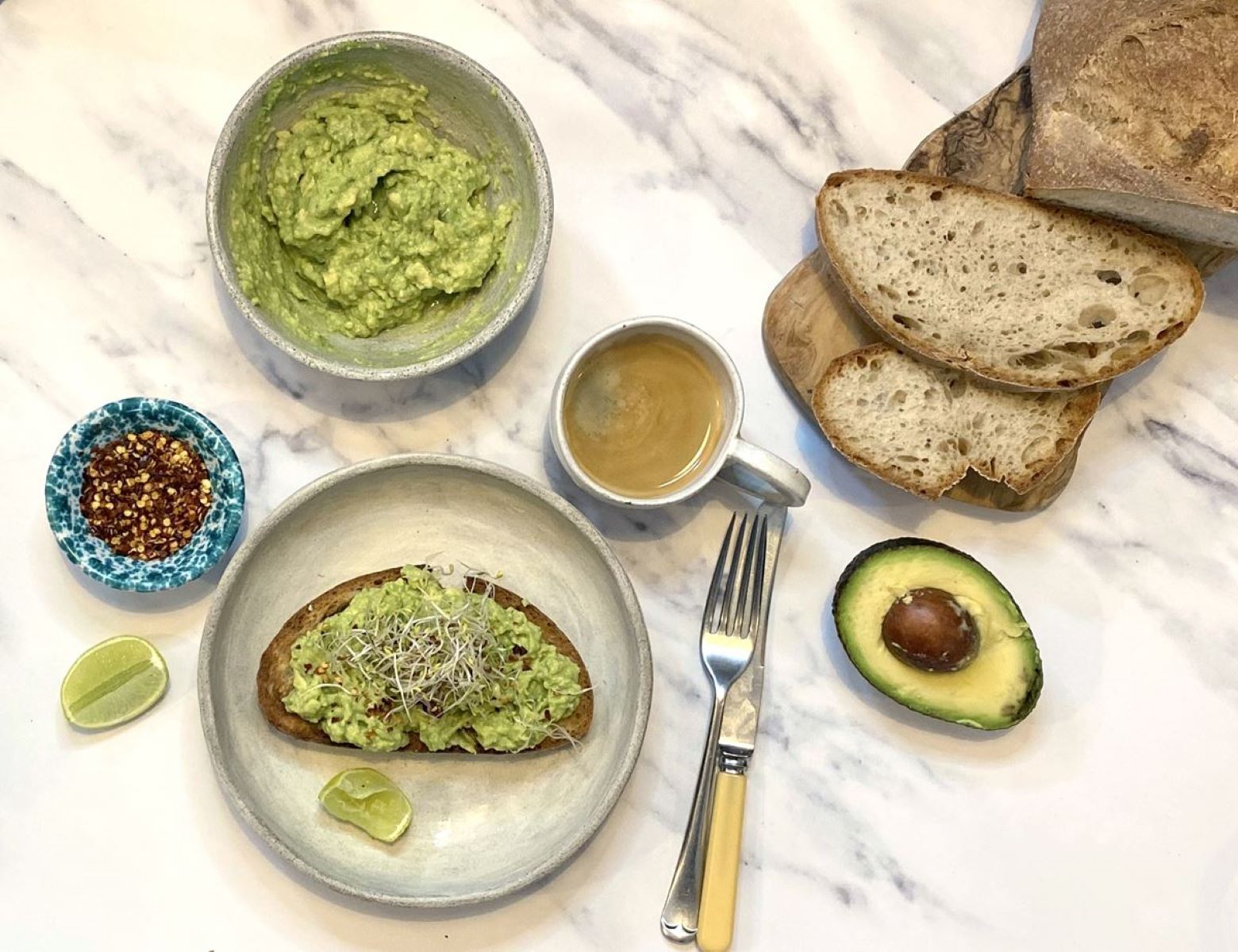
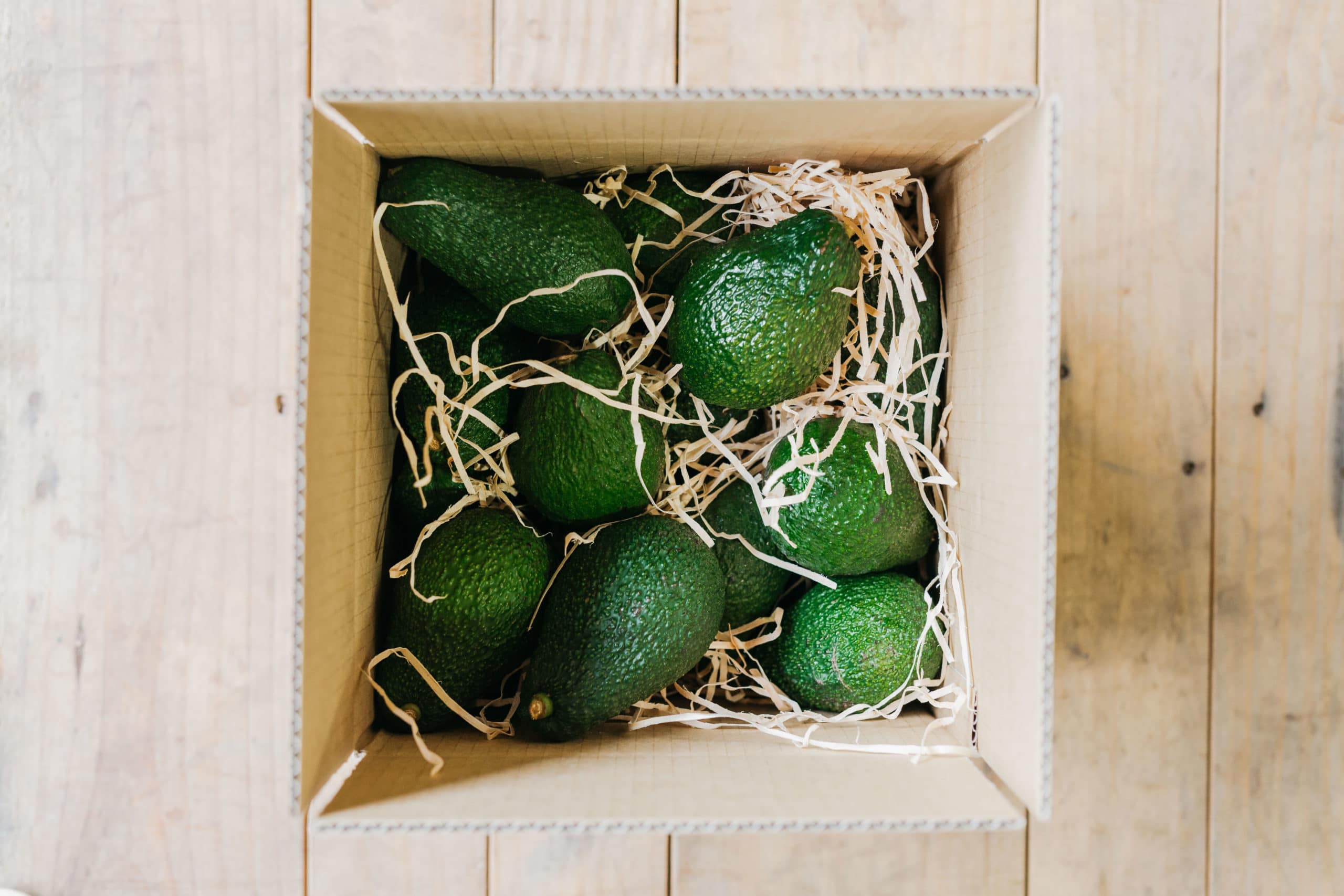
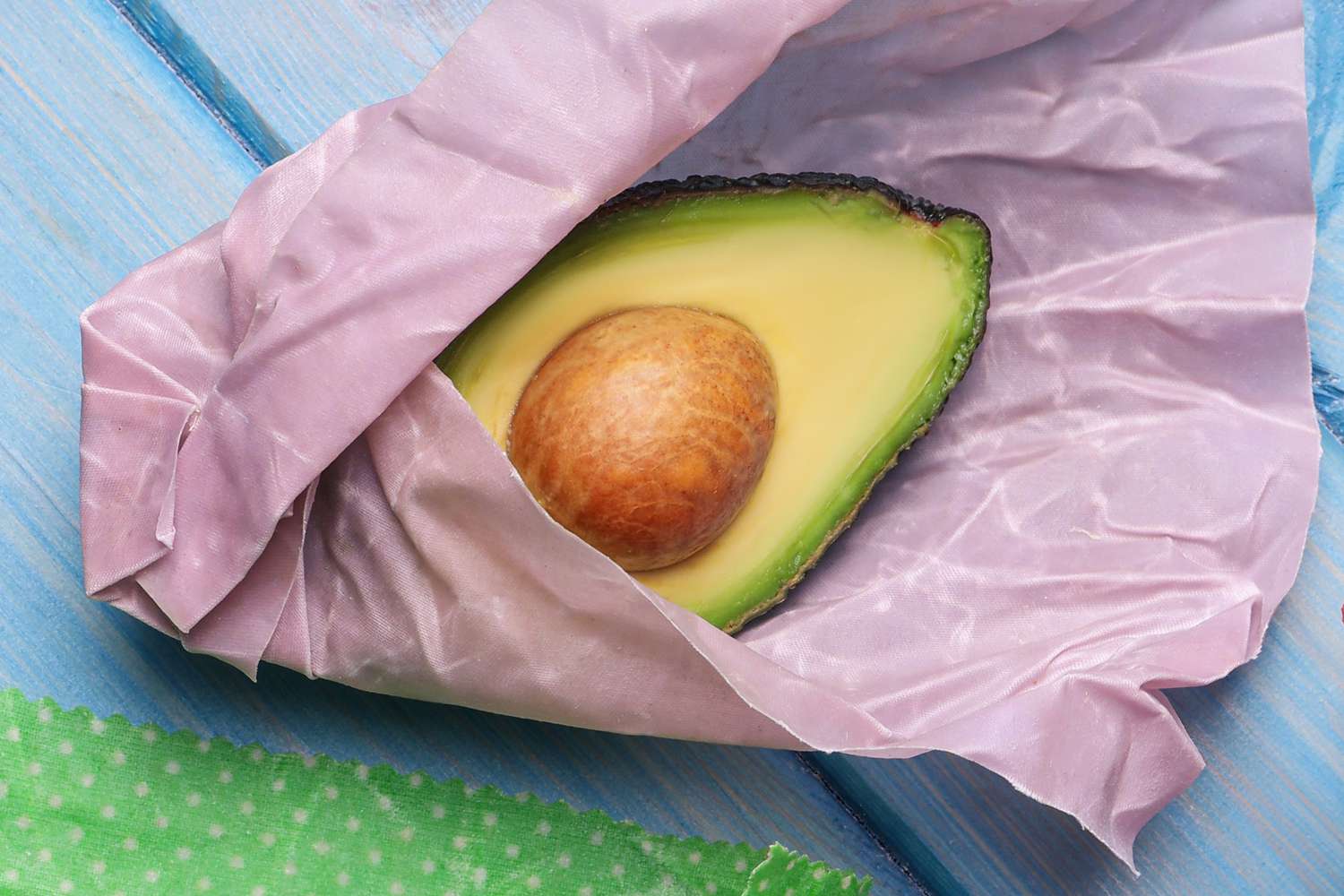
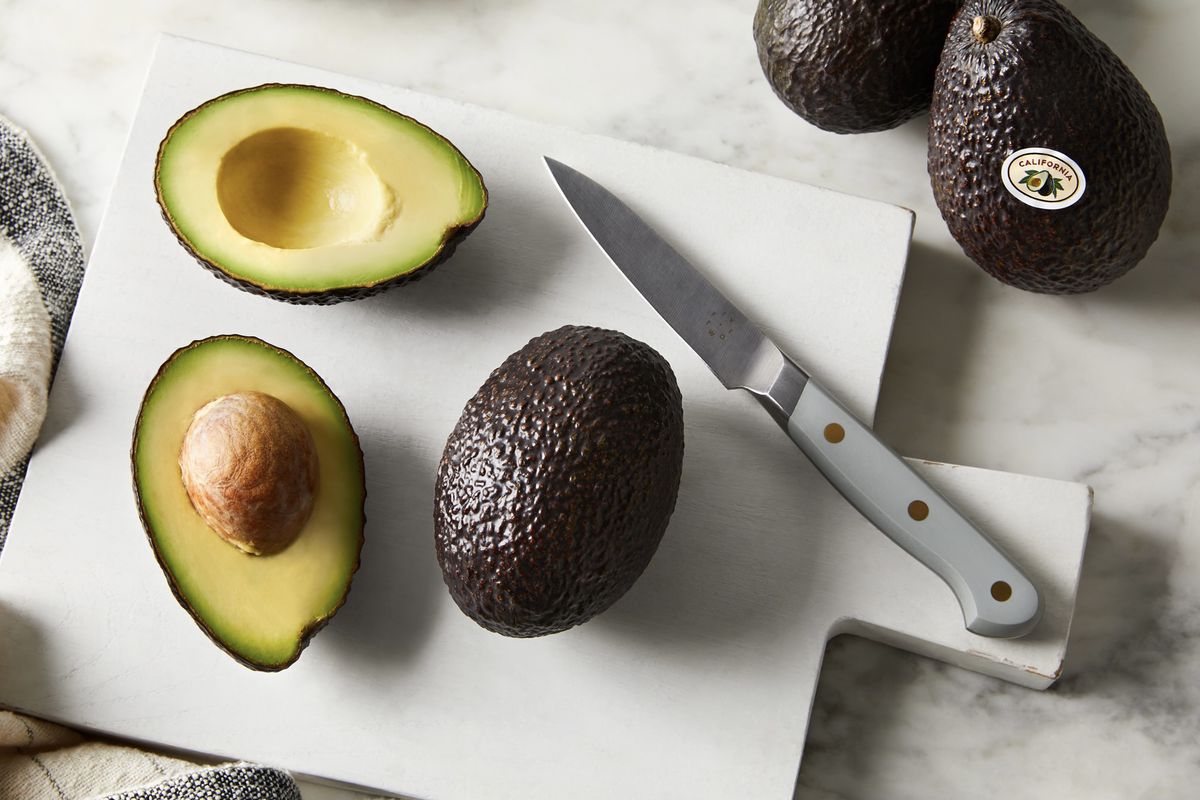
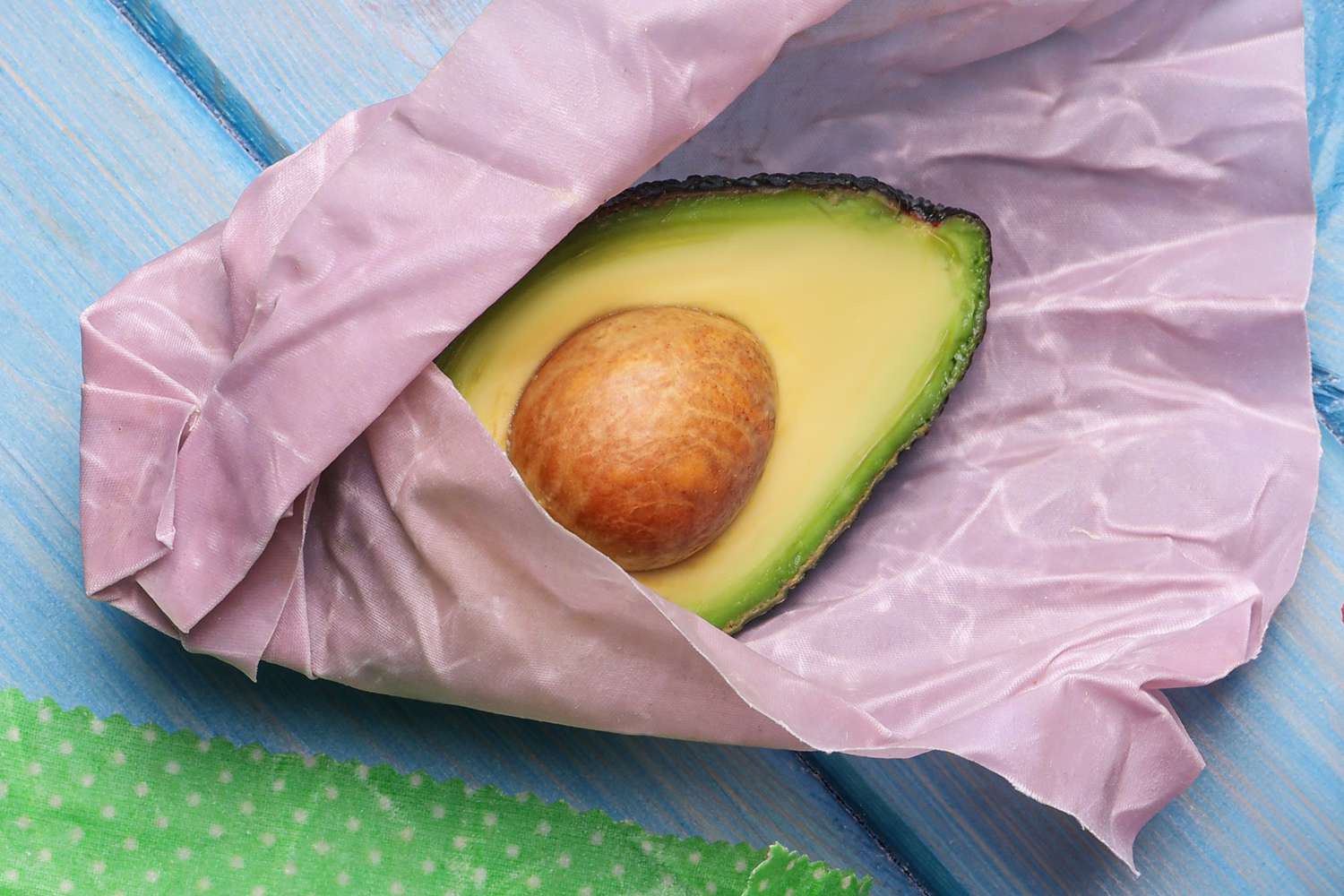
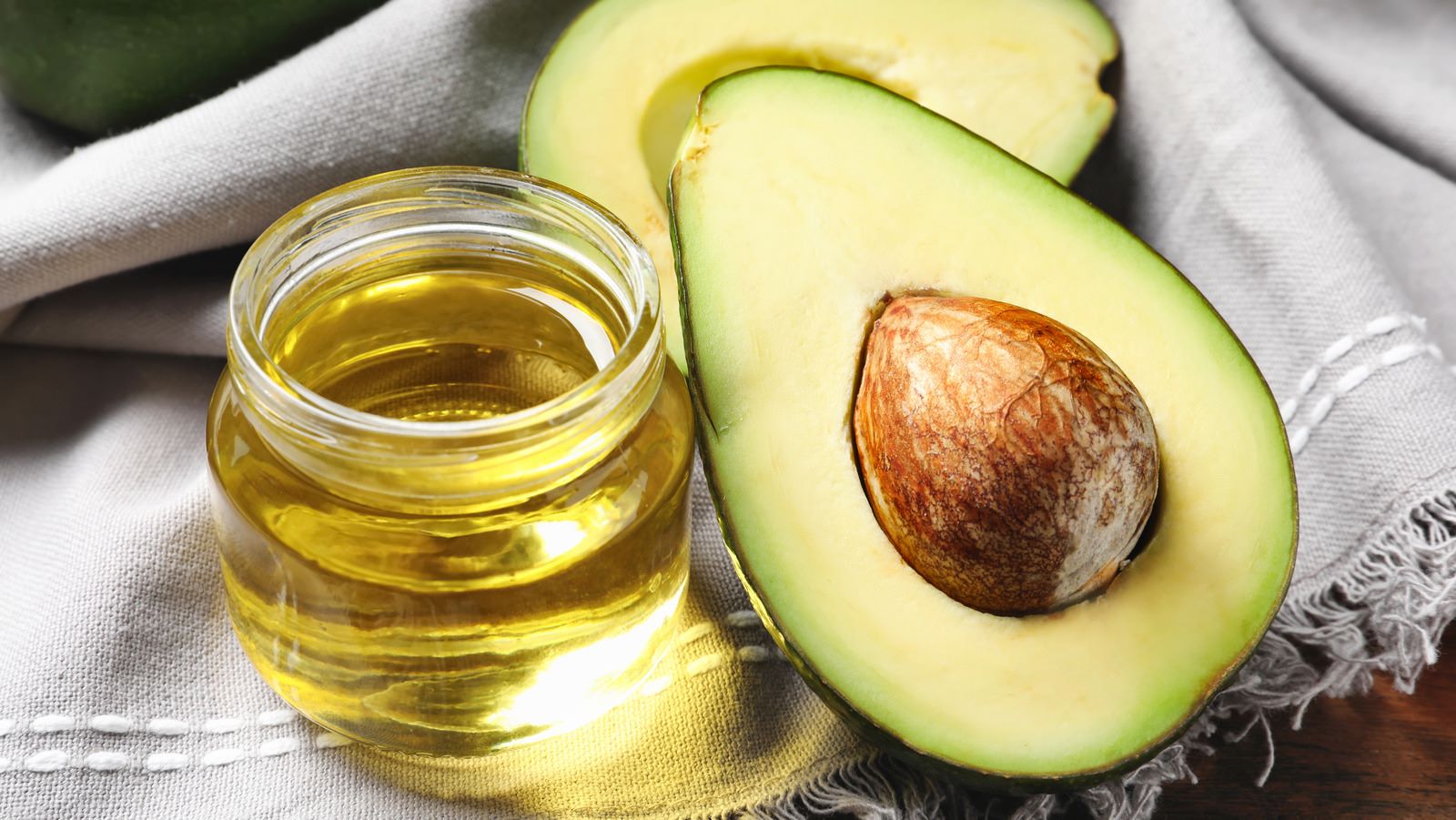
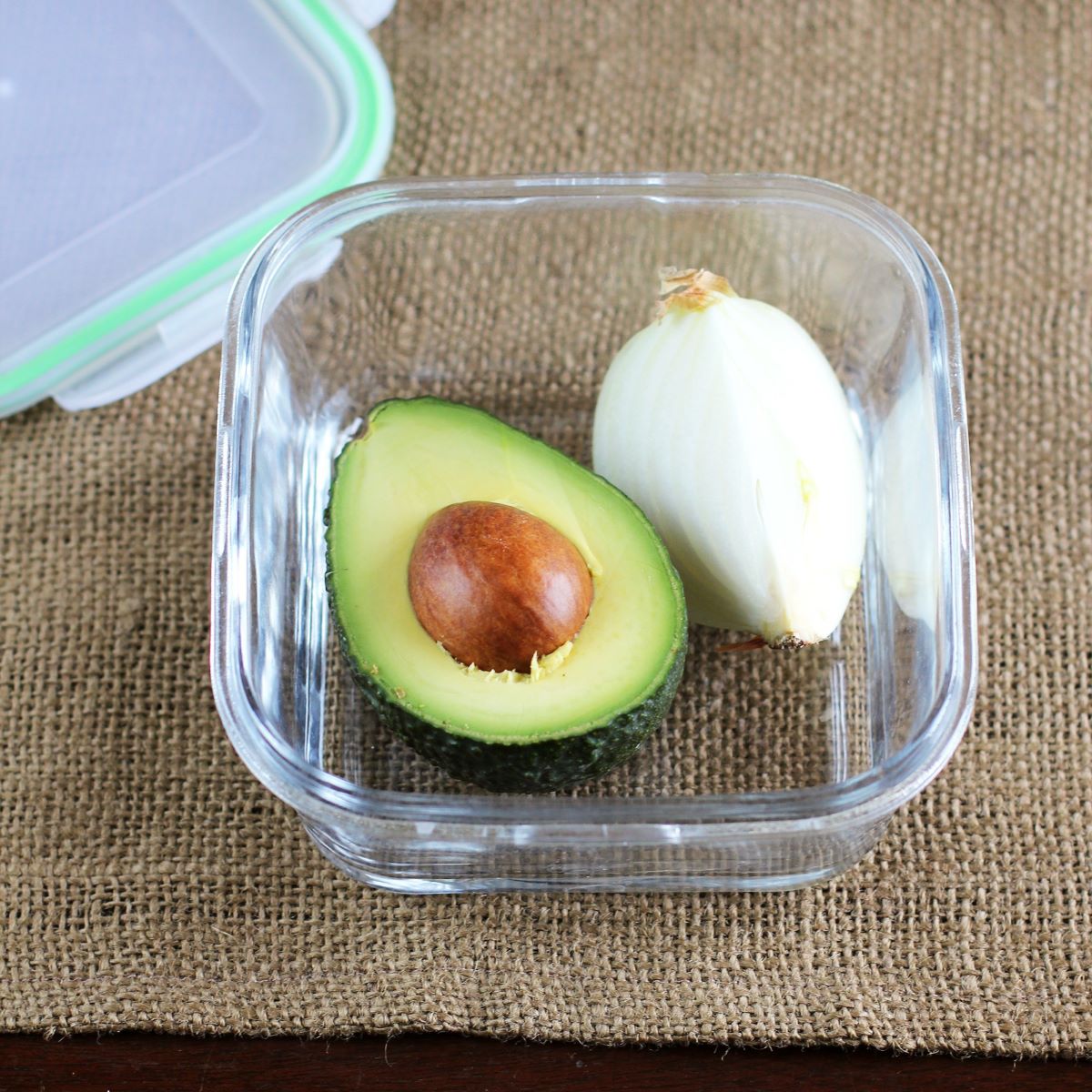
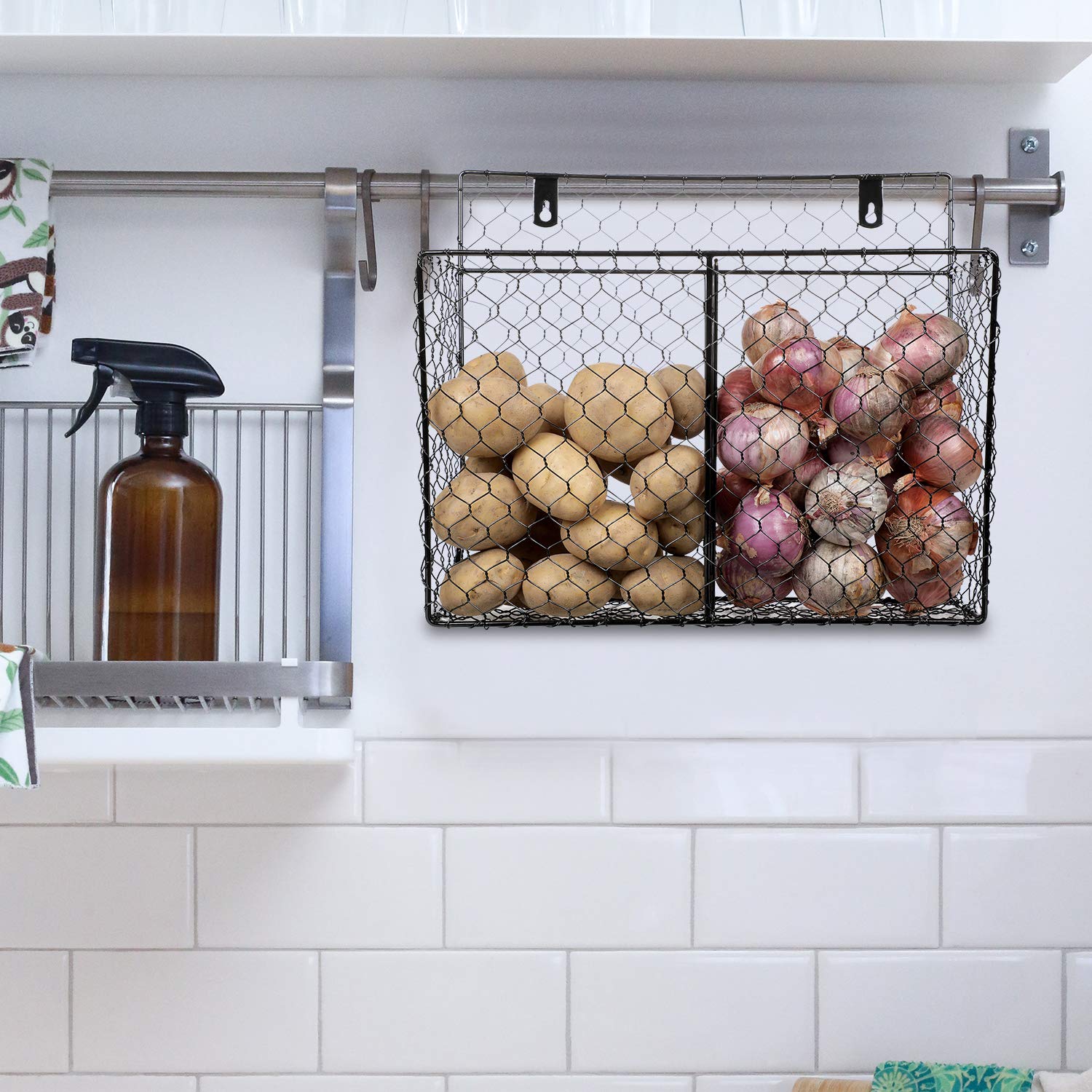
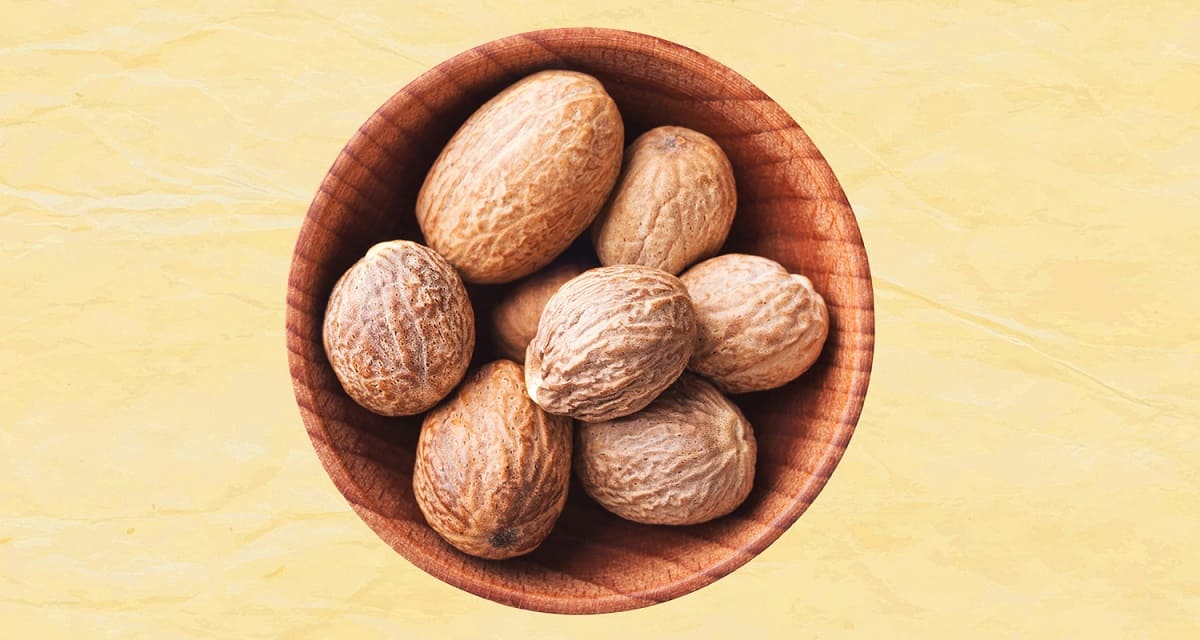
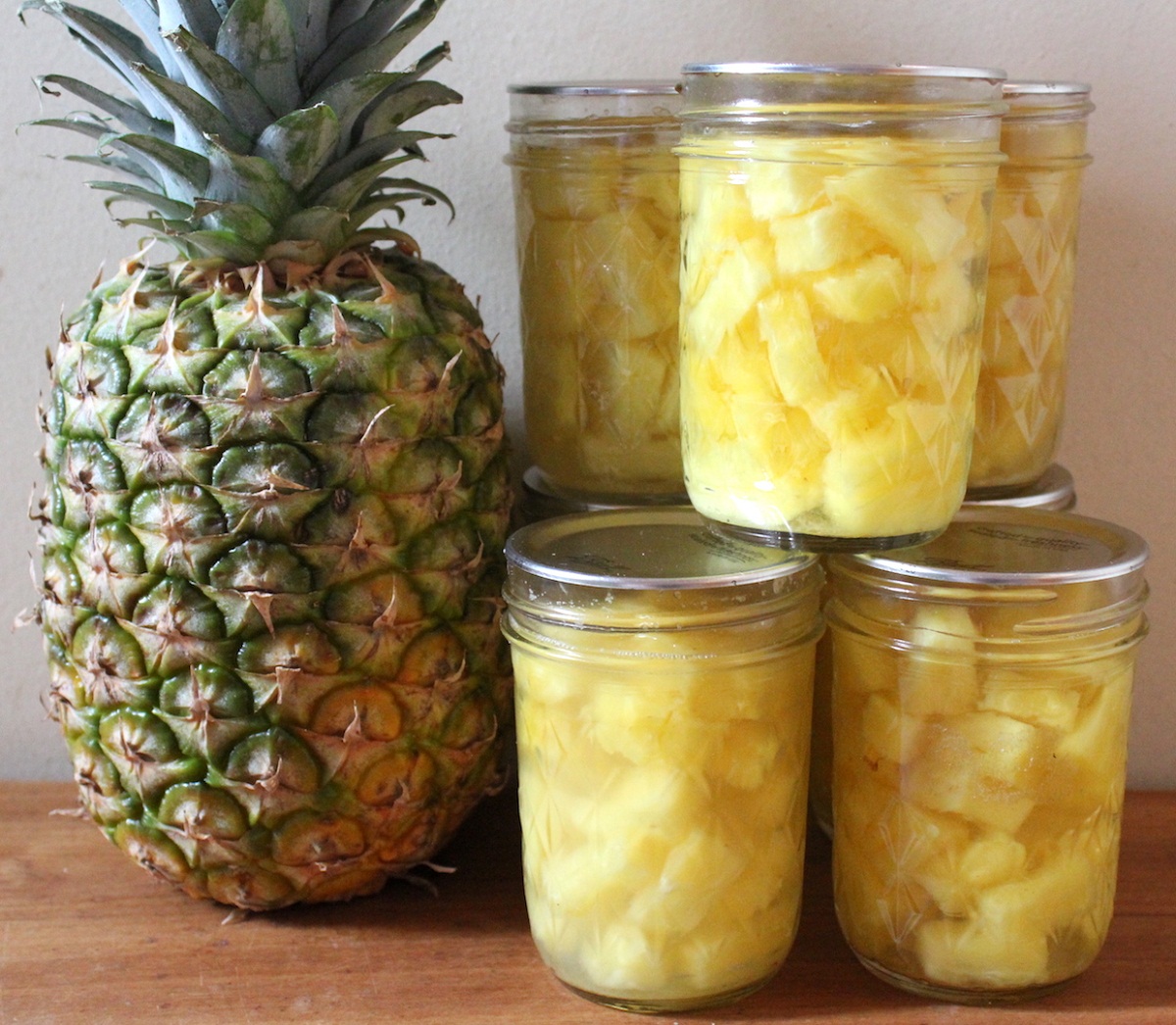
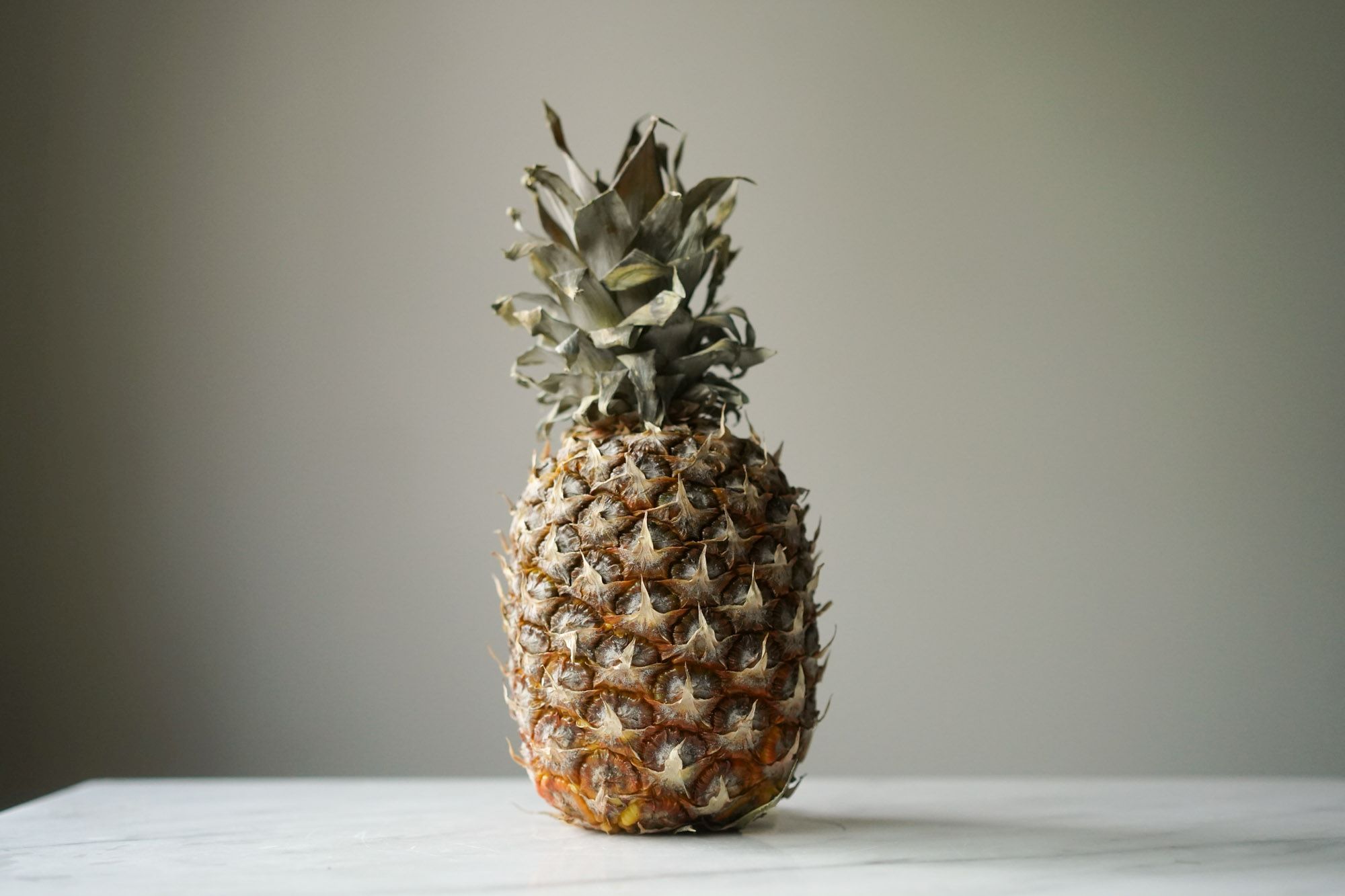
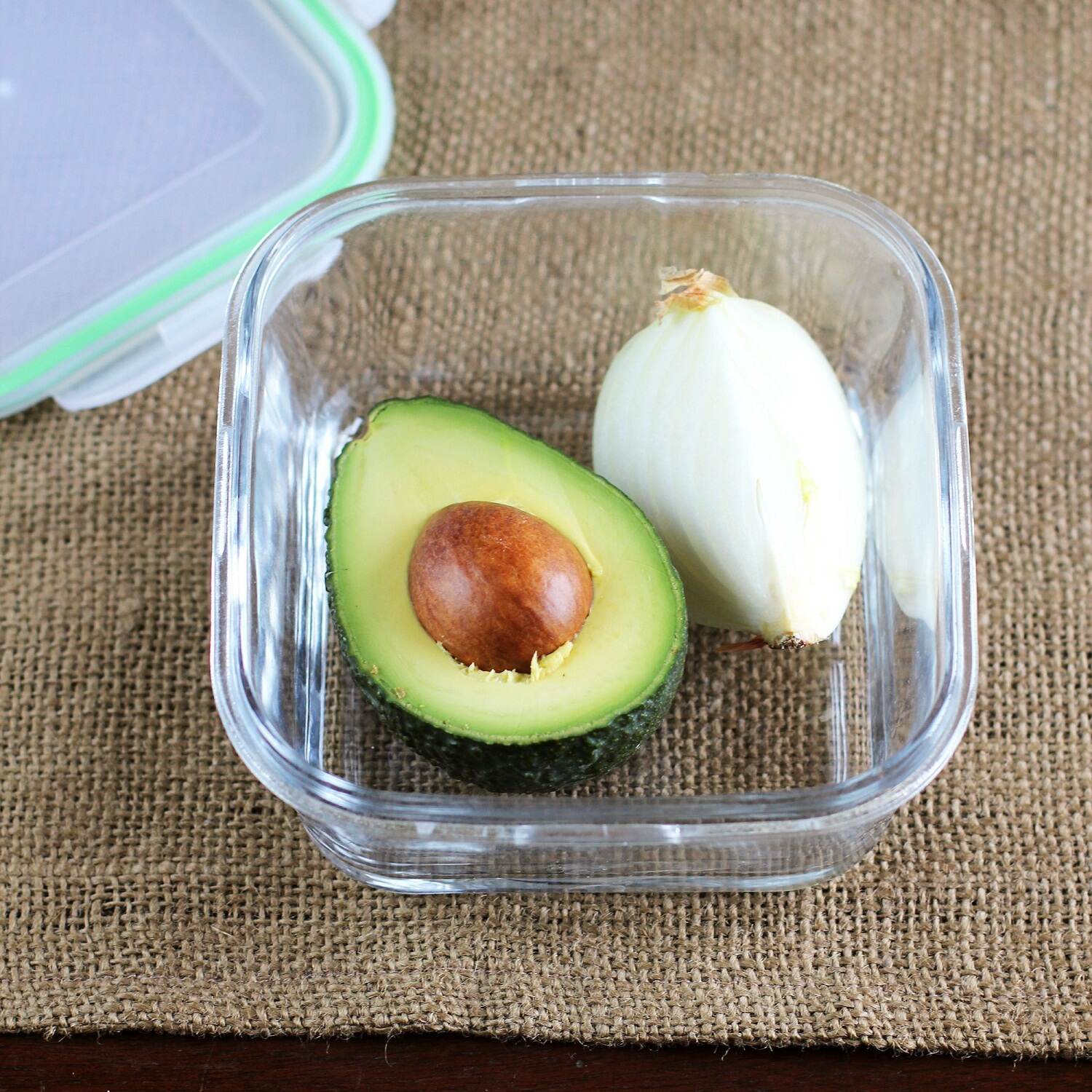
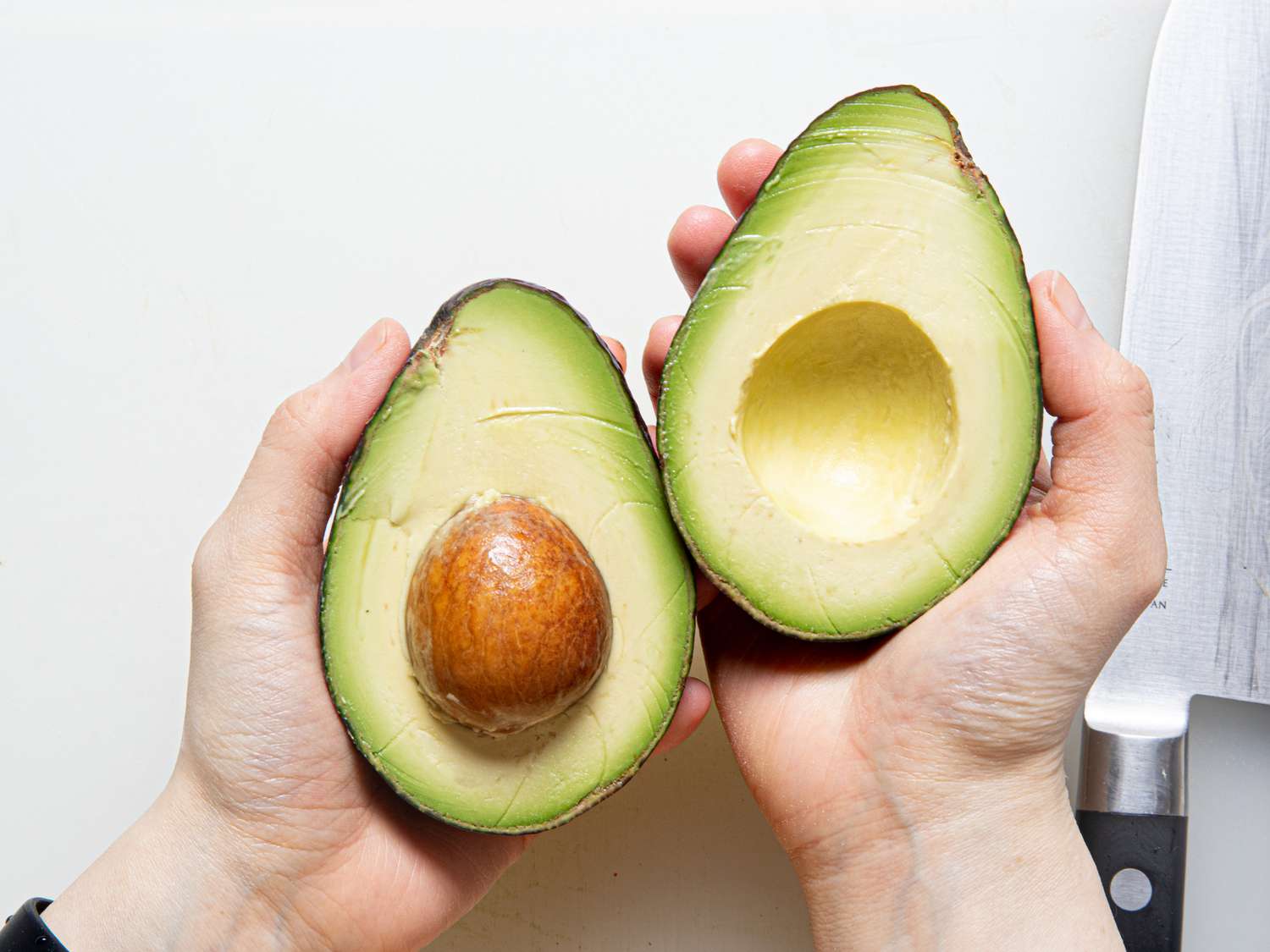
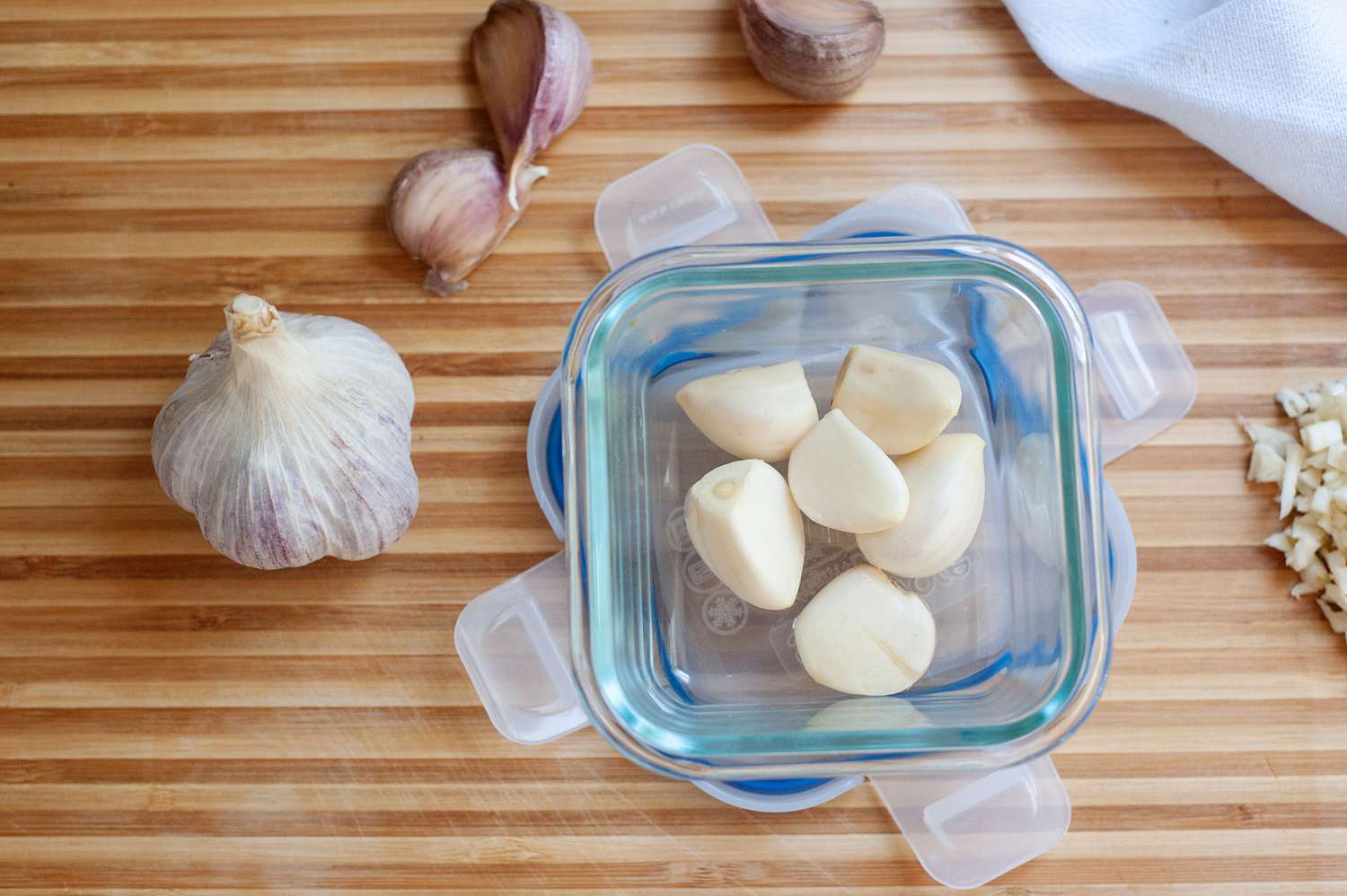

0 thoughts on “How To Store Whole Avocado”